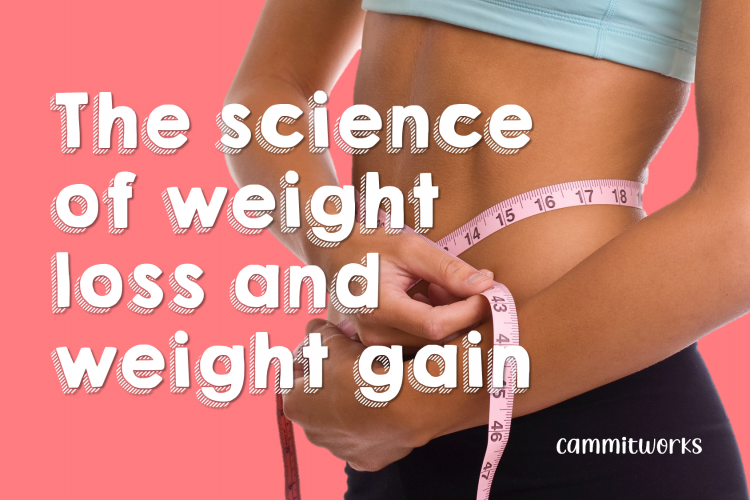The best advice I’ve heard so far is to start by losing or gaining weight through your diet before you start any exercise. If you don’t get the science behind changes in weight, you’ll just be mindlessly exercising like mad and cutting back on every meal. Once you start seeing change, incorporate exercise to complement your diet and boost your efforts.
The key to losing or gaining weight is to understand your diet and how it will affect your body. Exercising just helps you burn more at a faster rate and weight lifting builds muscle.
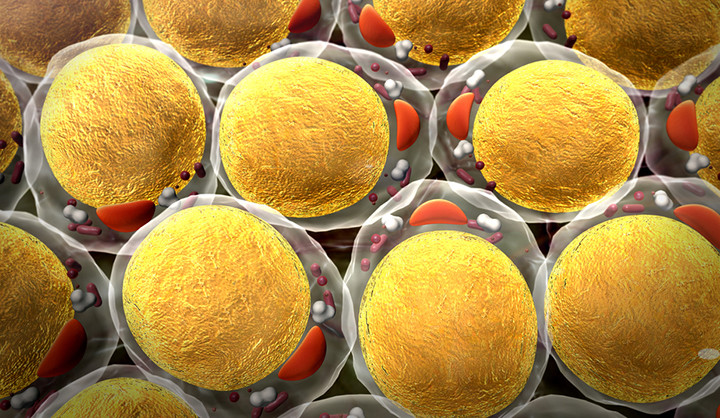
Losing weight through your diet = achieving a calorie deficit
First off, we need to understand what is a calorie. A calorie is a measure of energy. To put it simply, everything you eat gives your body the energy it needs to move from one place to another.
If you consume too much calories, your body will not be able to use it all so it will be stored as glycogen or fat to use at a later time, which will then result in weight gain. If you consume too little calories, you will lose muscle at first, then your metabolic rate will decrease because your body doesn’t have enough energy to fuel basic functions to keep you alive. In a long run, your body could go into starvation mode, and once again, start to store fat in case it doesn’t get anything later. This is why starving yourself will never be a sustainable solution.
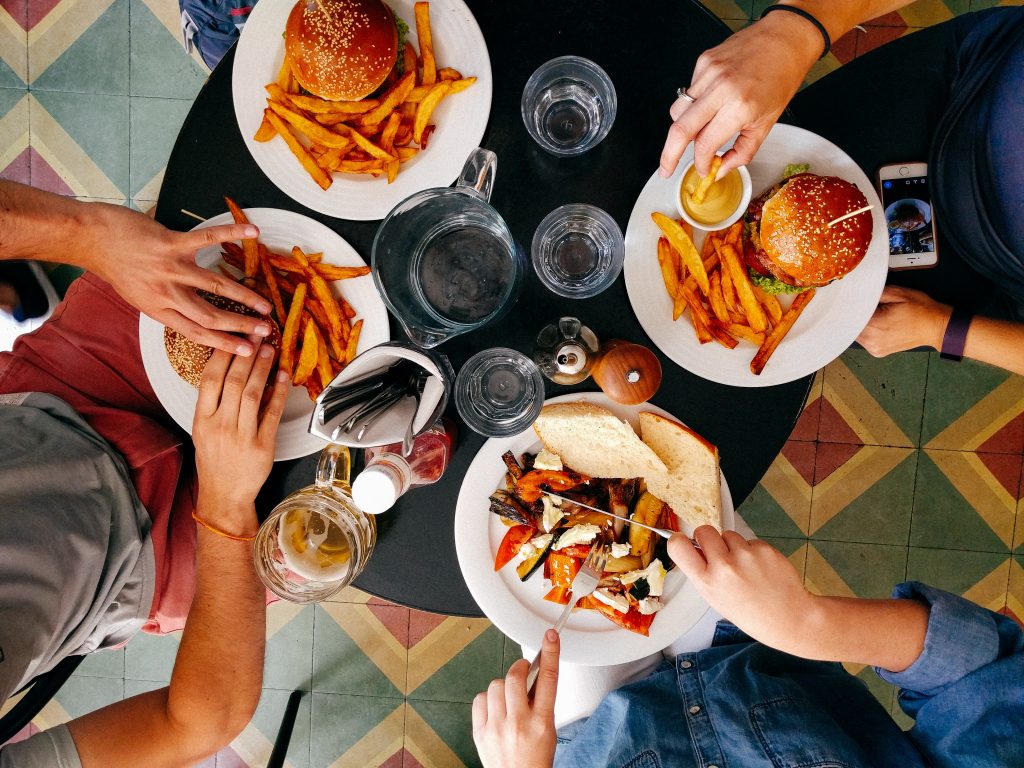
So how much should you consume?
Everyone has a different sweet spot that can fluctuate.
This is dependent on your gender, age, height, weight, and daily activity at that point in time.
To know your sweet spot, first you need to know your baseline – the amount you cannot go below to avoid lowering your metabolic rate and going into starvation mode. This is the Basal Metabolic Rate (BMR) – this is essential because this will tell you how many calories you actually need every day for basic activities like walking, reading, sleeping, etc.
Next, we need to know your topline, or, your Total Daily Energy Expenditure (TDEE) which is the amount of calories you burn in a day based on your usual weekly activities. Naturally, if you are an office worker, you will be seated at the desk most of the time and burn less calories than a restaurant waiter who will be on his feet most of the time. But this also differs between an office worker who does not exercise and an office worker who exercises 4 times a week. Be truthful with this and try different combinations to understand how many calories you need when you are able to exercise consistently as compared to a week when you are just not feeling it or are unable to exercise.
Once you understand how much calories you should be consuming, set a goal – be it to maintain your current weight, lose weight or gain weight, then figure out how to work your diet to meet your goals.
Here is a BMR and TDEE calculator that I find very useful and lays out all the information neatly with additional information like your BMI and recommended macronutrients for when you are ready to delve further into calorie counting.
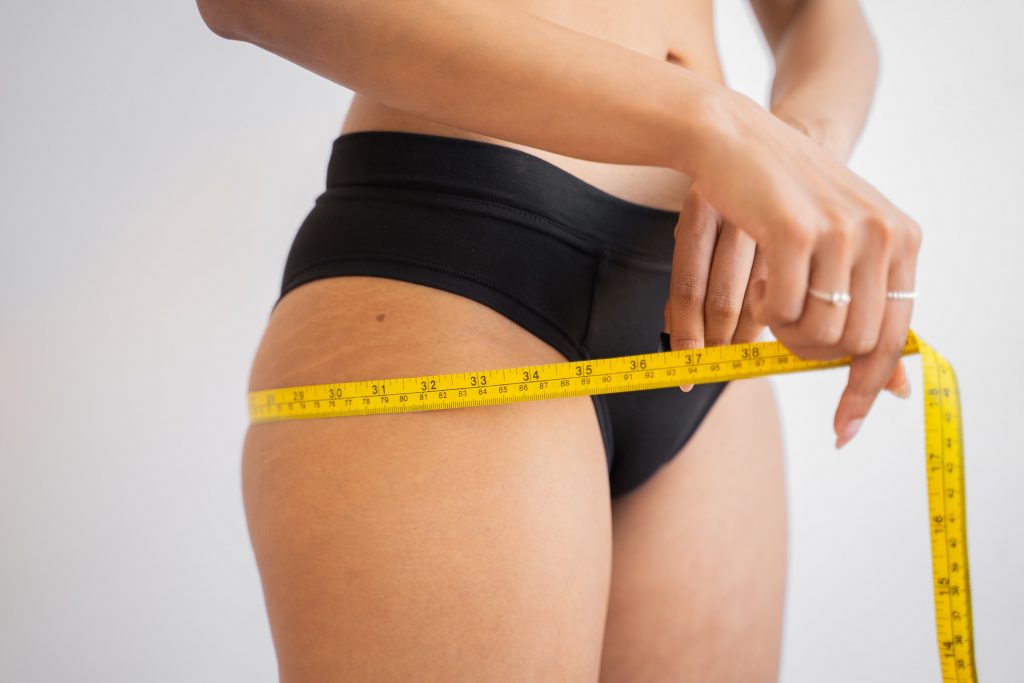
How soon will I see results?
Let’s do the math together.
There are 7,700 calories in a kilogram of body fat.
So if you’re a female office worker in her 30s who is around 170cm, 65kg, exercises moderately 3-4 times a week, your Basal Metabolic Rate (BMR), or your baseline, should be around 1,402 calories per day, and your Total Daily Energy Expenditure (TDEE), or your topline should be around 2,172 calories per day. This will equate to the following:
Basal Metabolic Rate (BMR) = 1,402 calories per day (don’t go below this amount of calories per day)
Total Daily Energy Expenditure (TDEE) = 2,172 calories per day
Say you choose to set your target calorie intake as 1,500 calories per day.
Calorie deficit = TDEE – calorie intake = 2,172 – 1,500 = 672 calories
Number of days to lose 1kg = 7,700 / 672 = 11.46 days
If you’re looking to lose 5kg, it will take 11.46 x 5 = 57.3 days or about 2 months.
Now, this calculation is purely based on the math of it. However, being human, we may take an extra bite of ice cream today or go out with friends who want to have pizza on another day.
So treat this as a target and enjoy the journey.
With discipline, the good habits you learn along the way will become your lifestyle, and you will eventually see results that you will be able to maintain.
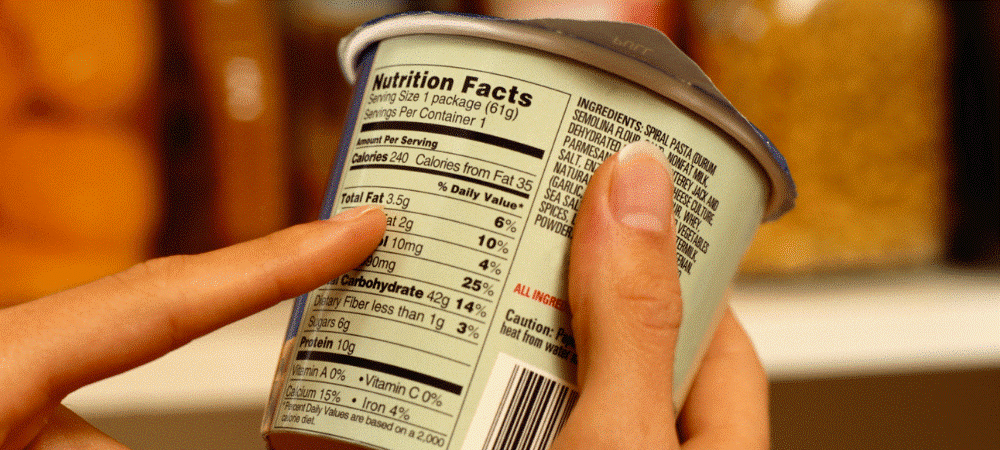
But I’ve heard that counting calories is not ‘healthy’
There has been much debate about counting calories because of how some people can become obsessed with the numbers, affecting their mental health. However, the fact is, for fat loss to happen, a calorie deficit is necessary. It’s just science and how the body works.
The fact is, for fat loss to happen, a calorie deficit is necessary. It’s just science and how the body works.
So, the bottom line is that you need to learn about nutrition in food and learn about your portions as well as how they will affect your body. Once you make healthy living a lifestyle, the numbers won’t matter as much anymore and you’ll be able to maintain your body goals.

Still finding it hard to get started?
Here are some tips that has helped me in my journey to a healthy lifestyle:
1. Start by swapping ingredients and snacks in your fridge and pantry to healthier choices. Anything with more protein and fiber will help you stay fuller for longer and make your body work harder to digest it, thus increasing your metabolic rate. Here are some examples:
- Choose oats or wholemeal/multigrain bread instead of white bread. With more protein and fiber, it will help you stay fuller for longer and make your body work harder to digest it, thus increasing your metabolic rate.
- Try a half-and-half of white and brown rice the next time you cook. My hubby doesn’t like brown rice so I usually cook a batch and store it in the fridge so I can warm it up for myself.
- Swap your daily coffee for a coffee with less calories. Alternatively, cut the milk and sugar or switch it completely to a green tea or plain old water.
- Swap that packet of chips with popcorn. Popcorn is high in fiber and low in calorie. If you’re buying a snack pack, go through the nutrition facts label to select one that has less calories. And if you’re popping them yourself, drizzle with salt or honey to flavour.
- Keep healthy snacks around the house. For example, a pack of dried apricots, dark chocolate or nuts.
- Look for ice cream with less calories. Dark chocolate flavours usually have lesser calories.
2. Incorporate chicken breast and salmon into your meals.
- Steam it, boil it, bake it. Then shred it, cube it, or just roll it into a wrap.
3. Opt for lean meats.
- Chicken breast instead of chicken wings.
- Pork loin instead of pork belly.
- Beef tenderloin or sirloin instead of ribeye.
- Explore various ways of cooking and seasoning to make these parts more tender and flavourful.
4. Opt for cooking methods that use no oil or less oil.
- Steam – this is my favourite because it retains the nutrients, color and flavour of your food.
- Bake/roast – just season and pop it in the oven.
- Sauté – replace oil with water or vegetable stock.
5. Explore healthy recipes on Pinterest.
- Here are some pins that I’ve tried or want to try.
Aim to swap 1-2 things every grocery run. Before you know it, your home will be full of food that will help you reach your body goals. And if you still need motivation, try this really easy, no excuses, 3-ingredient Banana Oat Pancakes for your next breakfast.
You can do it!

